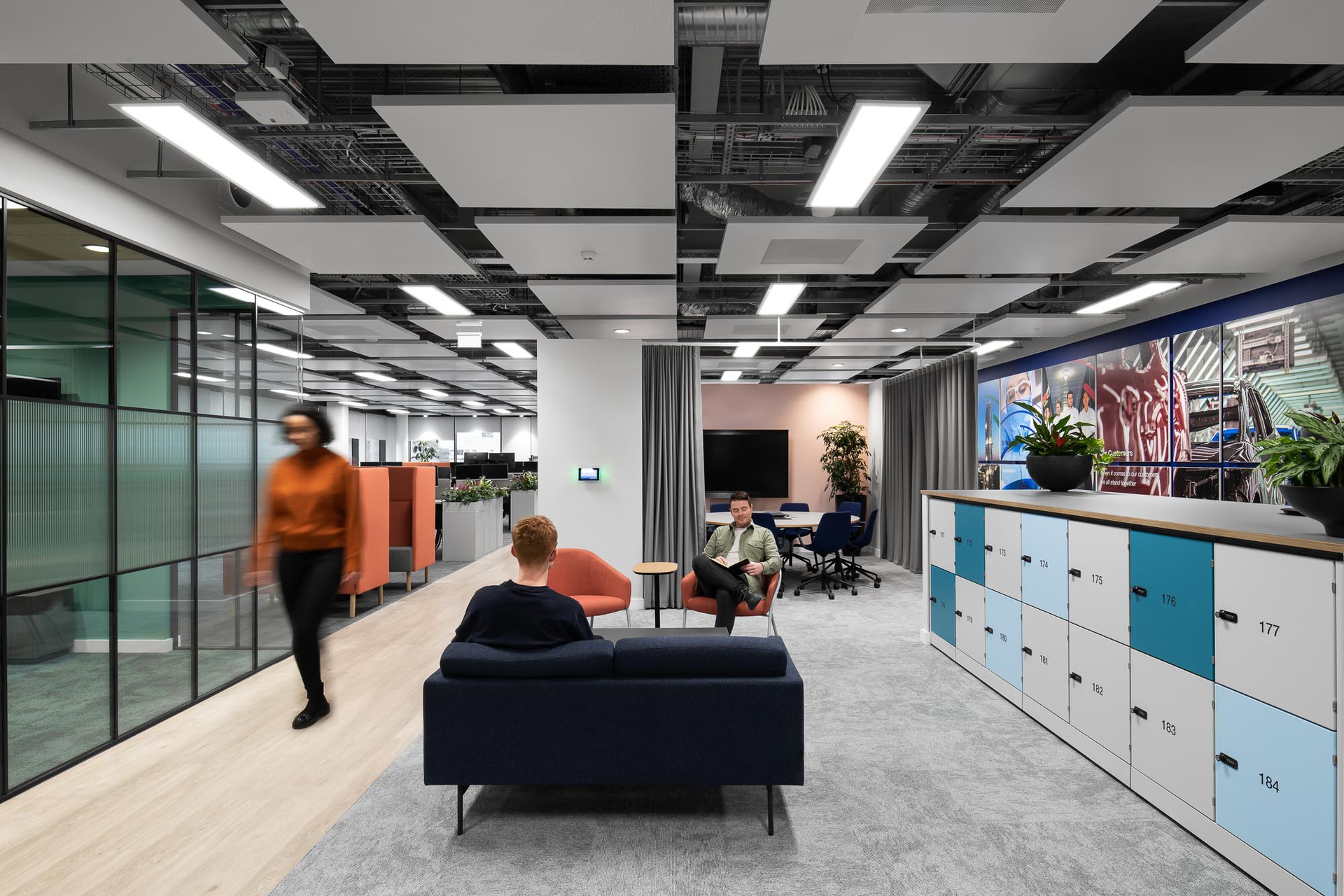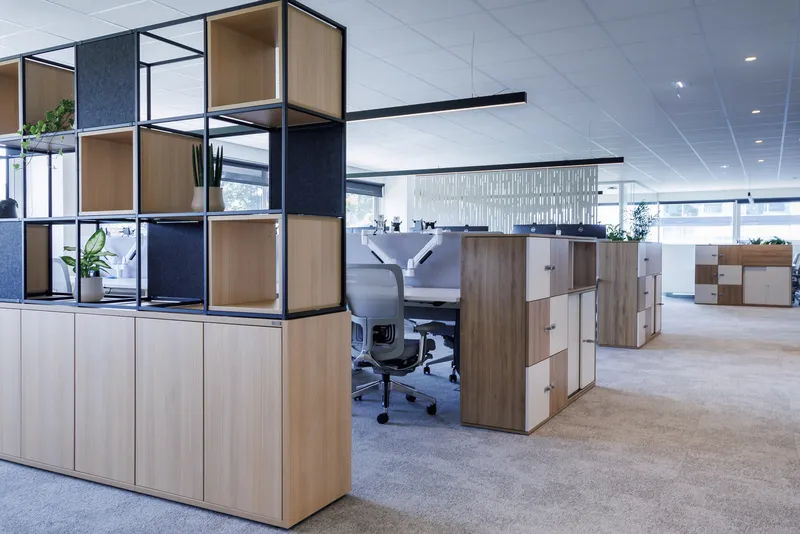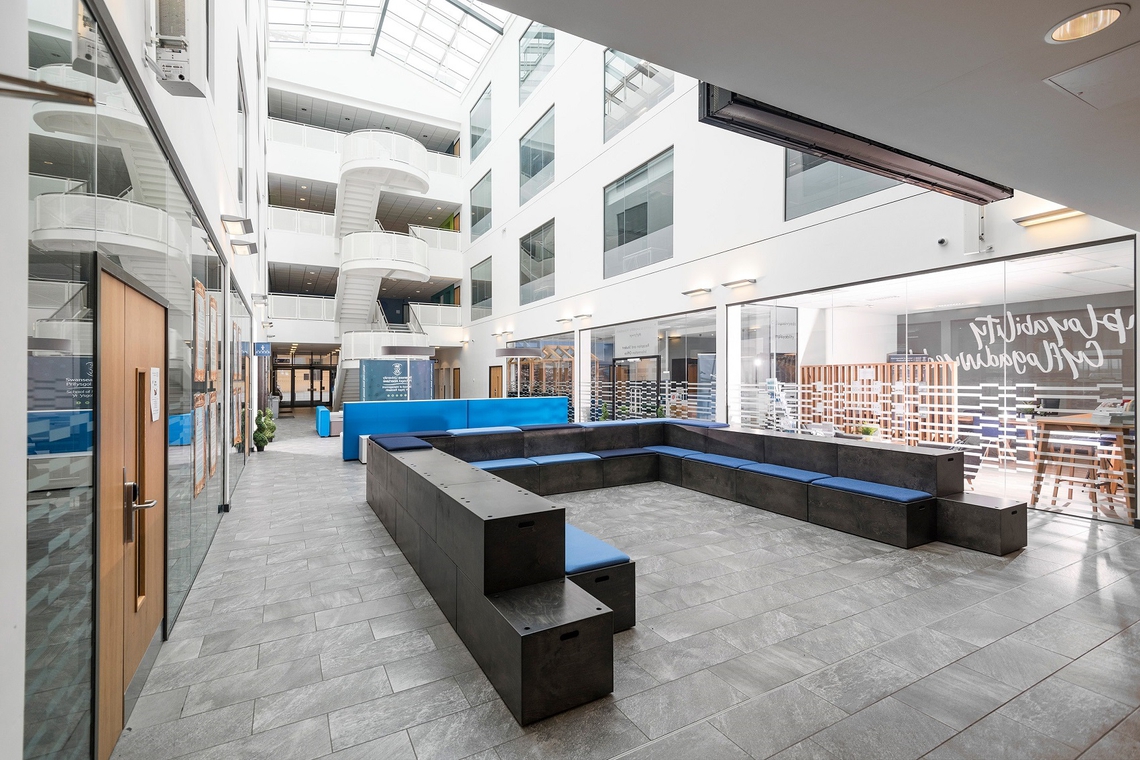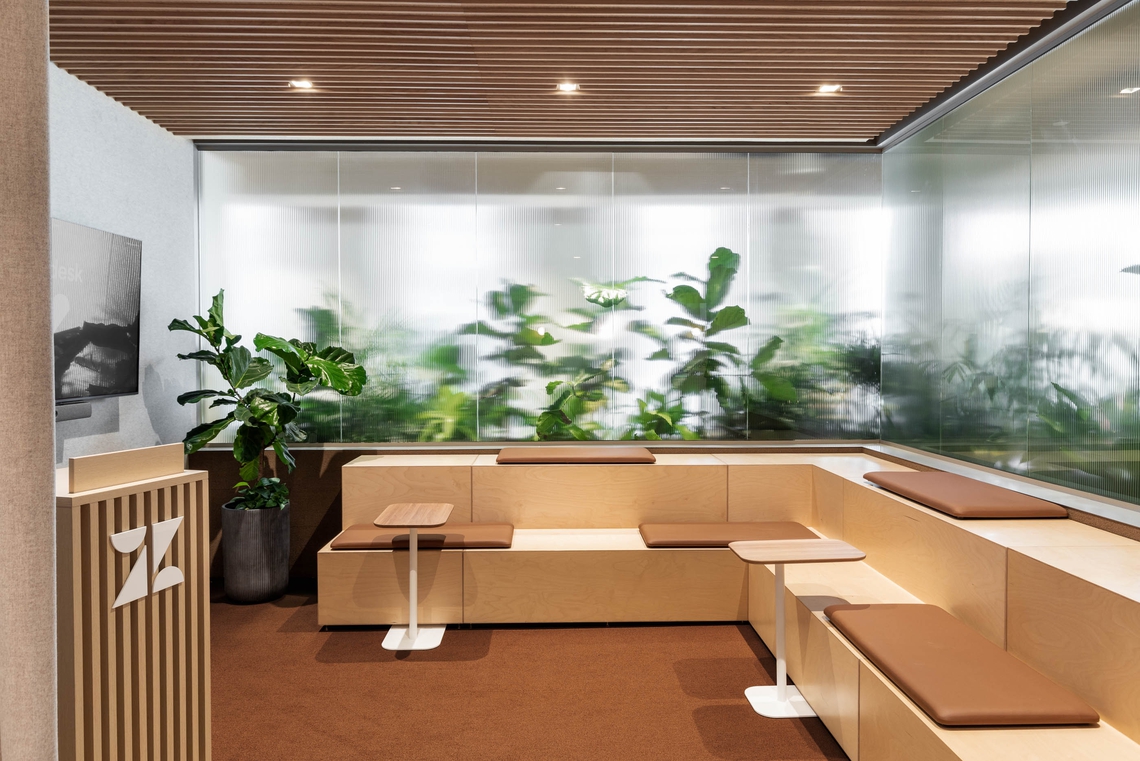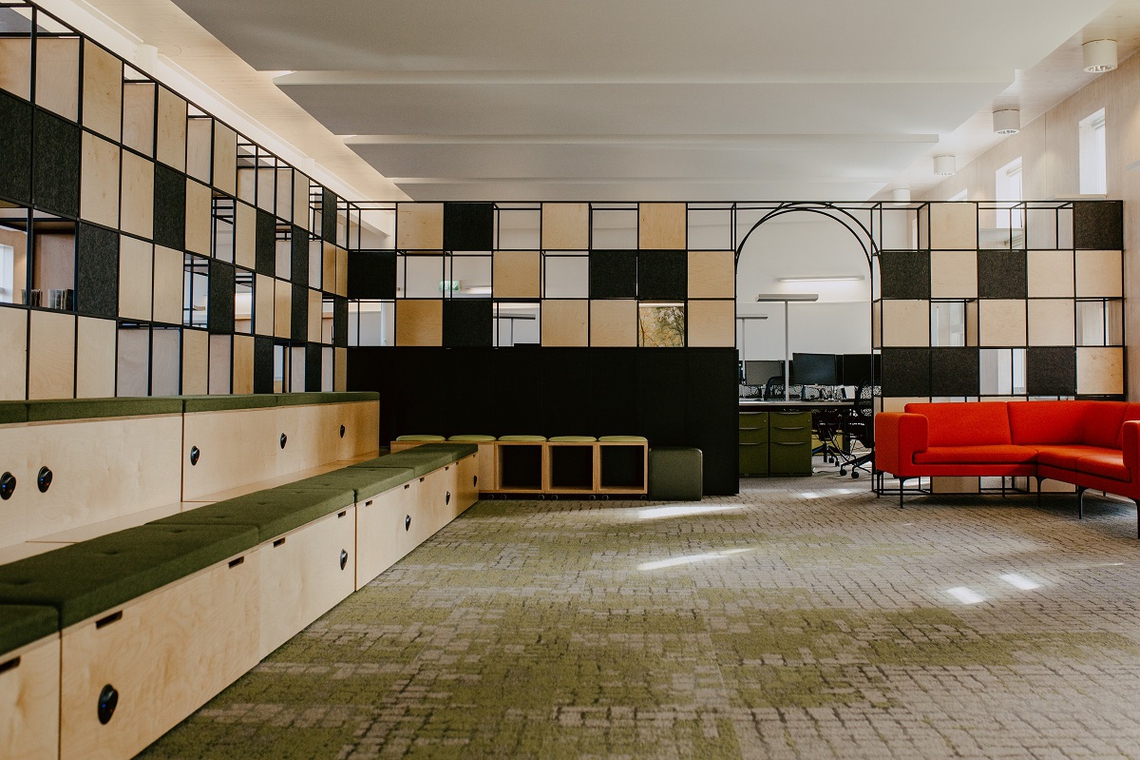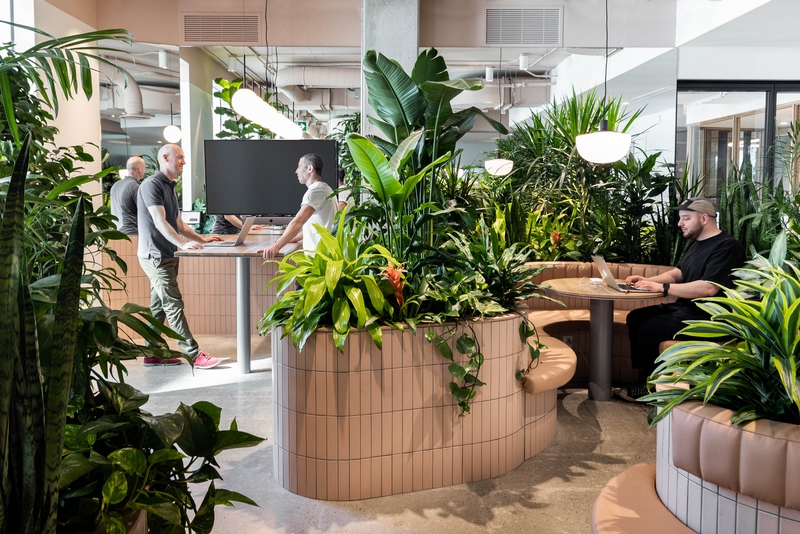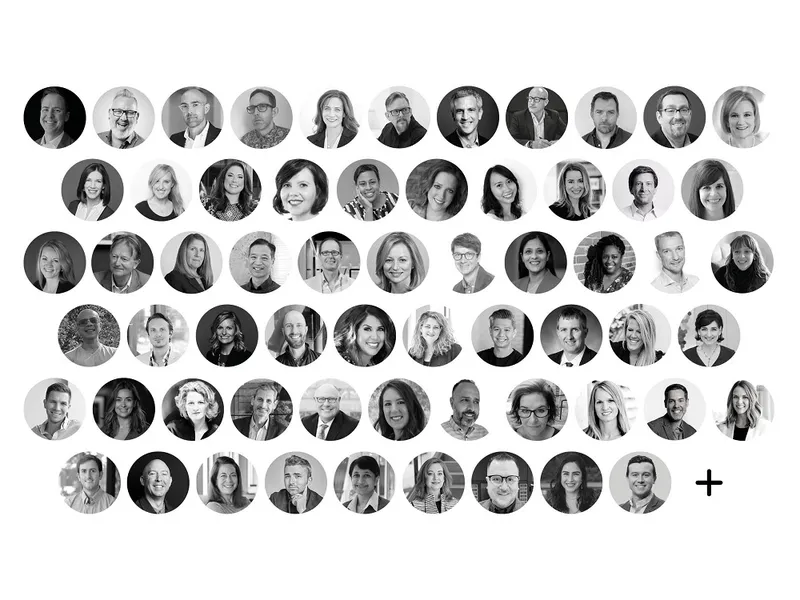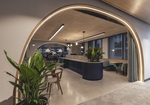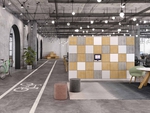18 Oct 2022
Return to the Workspace Solutions, Industry Trends
As businesses across the globe continue to seek new ways to keep their employees happy, bring them back into the office, retain and attract the best talent into their company, there’s a greater societal focus on providing a fantastic workplace experience.
A true workplace experience goes beyond benefits, workload and policy, taking into account the small, almost imperceptible parts of the working day (and beyond) that accumulate into a positive or negative experience. It’s these little quirks that contribute to a workplace becoming an experience multiplier or detractor. The last few years - which has seen resignations in droves - prove that it is often the small details that are disregarded as immaterial that have the biggest impact on the employee experience.
In this blog, we’ll be looking at amenities in the workplace, culture and how these can work hand in hand to create a great workplace experience.

The Hybrid Experience
According to Harvard Business Review research, 76% of knowledge workers believe that employees are more likely to prioritize lifestyle rather than proximity to their job, clearly demonstrating the requirement for employers to provide a workplace that improves and complements employee’s lifestyles. This however, is constantly in flux, and what many would class as a great workplace experience has transformed drastically in the last few years, due in no small part to the pandemic.
Pre-pandemic, the greatest contributors were amenities in the workplace which always far surpassed other benefits in importance, with features such as game rooms, ping pong tables, arcade machines and bean bags regularly referred to in job listings and touted as main attractors to the workplace. This is a societal trend, indicative of pre-pandemic thinking where people valued things.

Now, employees are craving genuine experiences, connection and community. Starved of authentic face-to-face connection during the pandemic and faced with the potential of permanent remote working, priorities shifted and things such as equity, mentorship and development have taken the place of popular amenities. Similarly, as the world evolved into a hybrid way of working, the role of the physical office has changed, with greater demands for it to facilitate collaboration and socialisation, becoming a destination space for those craving social interaction.
When planning ways to accentuate the workplace experience, it is critical to consider the needs and motivations of employees returning to the office, and ensuring these are met and built upon.

How Workplace Design Becomes an Experience Multiplier
According to Gallup, “Providing a great workplace experience means optimizing the variety and character of spaces that people can choose from during the day, and empowering them to make choices that optimize their individual performance.”
We are already seeing this become a non-negotiable in the physical office, with those offering design choice, allowing employees to decide which environment works best for their tasks, day or mood reporting greater levels of engagement and wellbeing. Flexible, re-configurable spaces that expand and collapse to accommodate socialisation, collaboration as well as enabling quiet, independent focus work empowers employees to make their own choices, enhancing the employee experience. Our Palisades II is a powerful zoning tool, allowing for a simple and elegant division of space without sacrificing light or openness by installing walls.
When reinforcing a great culture, top workplaces must stand out by listening to employee’s biggest pain points, needs and addressing them through design and policy. One recurring theme every leadership team should be conscious of is an increased, genuine desire for community and culture. As remote working has slowly chipped away at one’s sense of belonging, the physical workspace needs to reinforce this to enhance the employee experience. Supporting this, workplace design is seeing an exponential rise in calls for scrum spaces, collaboration zones and ‘war rooms’, where work is completed in a social way, which no Zoom call can rival. Workspace design can support culture and community in a number of ways, through encouraging office neighbourhoods, prioritising diversity and inclusion, bringing home comforts into the office and reaffirming company values by building culture into workspace design.
Bespoke, customizable furniture that brings out your brand’s personality through color and patterns is a great way to build your corporate culture into workspace design, an idea that was prevalent in our project with accountancy firm, PKF Cooper Parry. Their offices were transformed into a colourful wonderland, embodying their company ethos of being a disruptor in the industry and differentiating from their competitors. The use of the Railway Carriage and HotLockers allowed the company to stamp their brand charm throughout the workplace, a true commitment to their company values and creating a greater sense of pride and belonging for their employees.

Becoming a Destination Space
When working to enhance the workplace experience, policy must support great design to be effective. The calls for greater community should be met with socialising outside of the office, team-building exercises that include remote employees and fantastic diversity, equality and inclusion. Employee wellbeing must be prioritised and it’s here where amenities in the workplace can be effective. Leveraging great technology, having activity-based-zones, access to healthcare and benefits are still a key requirement.
So, amenities or culture, which is more important to the workspace experience? We’d argue that they go hand in hand. Amenities help to build a company culture, showing that leadership teams are nurturing their employees. This creates a culture of importance, belonging and value. But without the understanding of human needs and motivations or creating a universal design based on employee’s desire for connection, independence and flexibility, amenities can only go so far in providing an outstanding workplace experience.
Share this article
